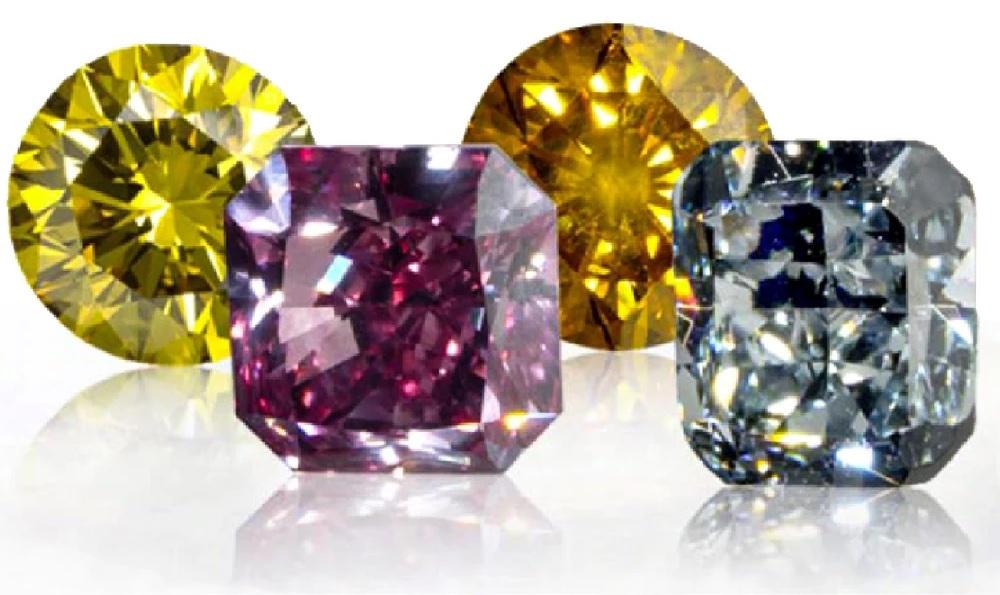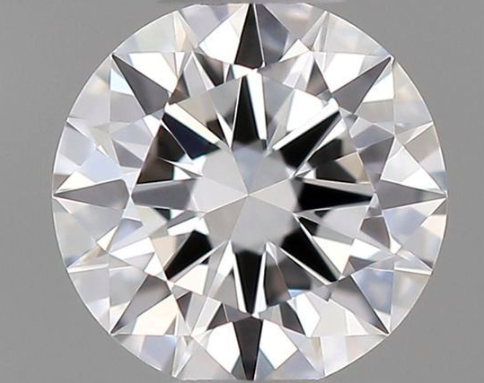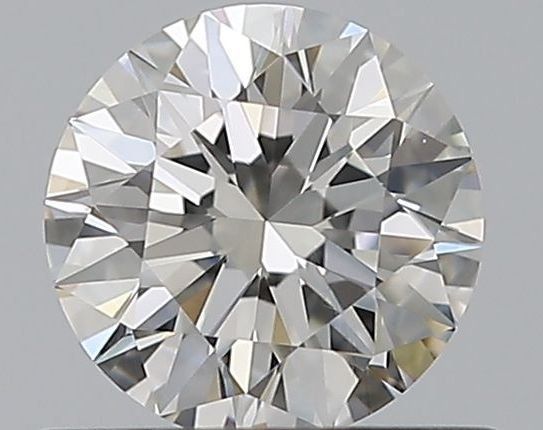I Color Diamonds: The Ultimate Buying Guide
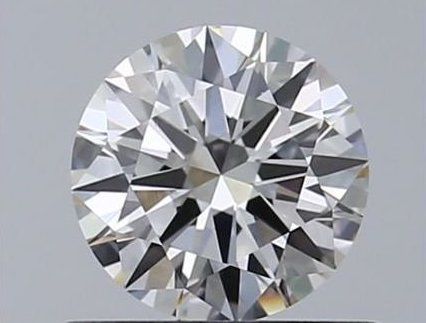
Looking to purchase a diamond? I-color diamonds are a beautiful choice. Keep reading for expert tips on how to choose the right I-color stone.
The Diamond Quality System
The 4Cs Of Diamonds
Color is an important aspect to consider when defining what kind of diamond you’re looking for. A diamond’s color grade will influence its price and perceived quality and maybe even dictate which metal you should choose for a setting.
But Color is just one of four other quality traits observed and graded by most gemological laboratories in the world. Clarity, Cut, Carat weight, and Color are part of a comprehensive grading system called The 4Cs of Diamonds.
Each quality trait has its own scale or measure. Carat weight might be the most straightforward to understand as it refers to a mass unit. Other properties, such as Clarity and Color, are slightly more complex to describe.
Learn More About The 4Cs of Diamond
Diamond Color Grading

Diamond Color is described using a grade scale system. This scale attempts to identify different degrees of color saturation, mainly yellow. A yellow hint can be detected in most diamonds. This nuance will be more noticeable in some gems than others. Specialized gemological equipment and controlled light conditions are necessary to determine the exact degree of color saturation present in a diamond to assign a Color grade.
The Diamond Color Scale starts with the letter D, the highest Color grade a diamond can earn. A D color grade means the stone is completely transparent with no color presence at all. As you can imagine, D-color diamonds command higher prices due to their rarity.
From D to Z, the Color Scale identifies twenty-three different colors or levels of yellow tint. Additionally, the letter grades are divided into five groups:
Colorless
Near-Colorless
Faint Yellow
Very Light Yellow
Light Yellow
Understanding Diamond Color
Owning a colorless diamond sounds luxurious and attractive. But in reality, it’s extremely hard to tell diamonds apart by their color by simply looking at them. In natural light conditions and without the help of magnification, a D color diamond can look just the same as an E, F, G, or even an I color diamond.
Diamond Color charts represent how the color intensity varies between grades. This representation is not entirely accurate, as observing diamond color in the real world is quite tricky.
For example, diamonds reflect a lot of light in the form of scintillation (sparkle) and fire (the rainbow flashes of light). This attractive, shimmery effect makes it hard to appreciate the stone’s color with the naked eye.
Color is more perceptible when comparing two diamonds side by side with very distant color grades.
The Near Colorless Group

G, H, I, and J are all part of the Near Colorless group.
Near Colorless diamonds are not fully transparent. But their yellow tint is so pale that they will appear white.
Characteristics of I Color Diamonds
Near Colorless I diamonds offer a great balance between looks and affordability. For this reason, they are a popular choice for engagement rings.
Diamonds with an I color grade pair well with any metal color; white gold, platinum, yellow, or rose gold.
When compared to a D colorless diamond with the same Clarity, Cut, and Carat weight, I grades can cost 30-40% less. That’s a hefty price reduction considering I color grades don’t look 30-40% more yellow.
Why Cut and Clarity Matter
Brilliant Cuts maximize light return or, in other words, are more sparkly. This means they mask color better. On the other hand, Step Cuts have less brilliance which allows for a better look into the diamond, making color more visible.
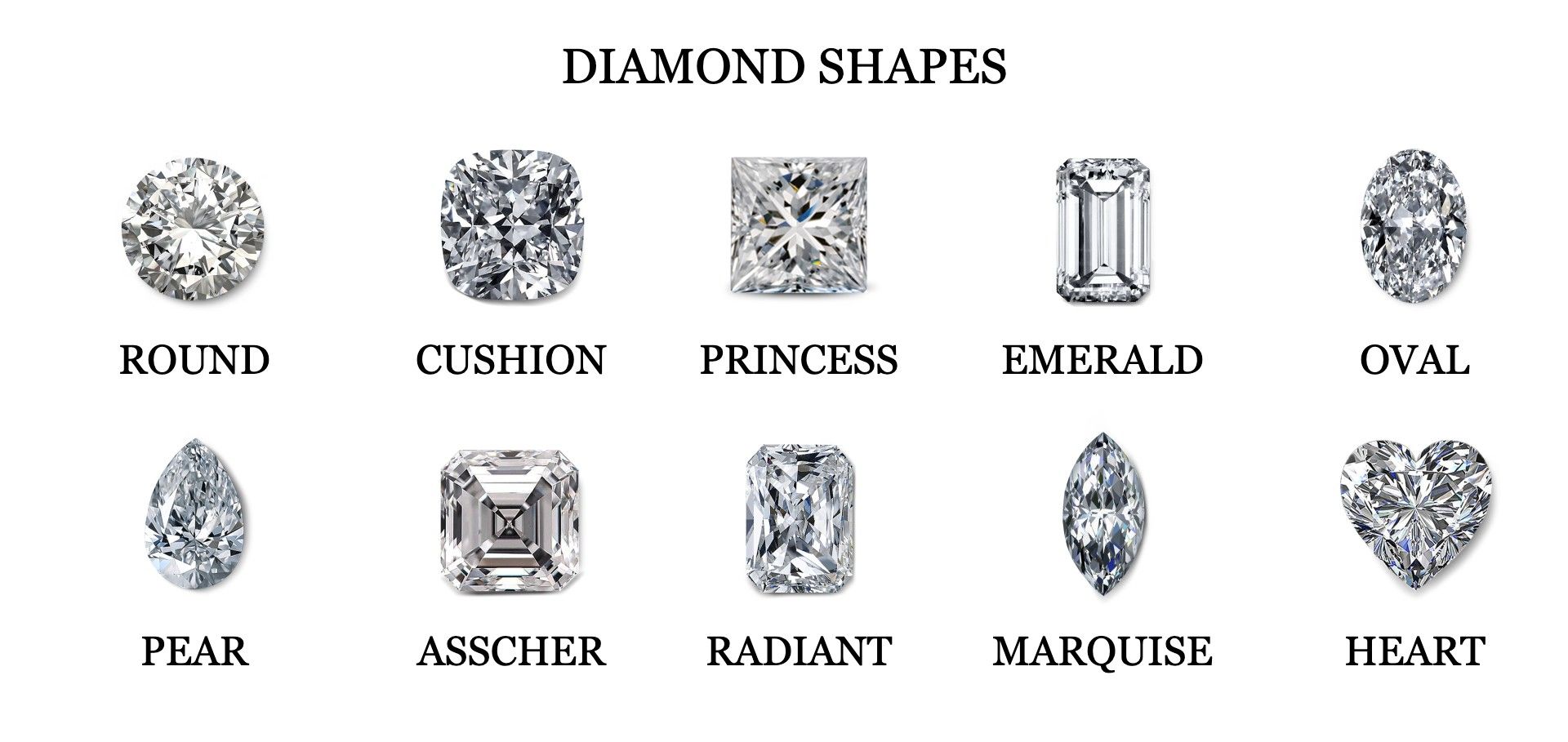
The round brilliant cut is the most sought-after diamond shape. This also makes rounds the most expensive diamond shape. A way to save up when buying an I-color diamond is to look for Cuts that have less demand.
Clarity also plays an important role in how we perceive color. Clarity describes how many, and what type of inclusions are present on the surface or interior of a diamond. The quantity, size, and location of these inclusions, can affect how clear a diamond looks. A lower Clarity grade can reduce brilliance, give a diamond a cloudy, or dull look, and make color more noticeable.
Learn More About Diamond Inclusions And Blemishes
3 Tips For Buying An I Color Grade Diamond
1. Pick a higher clarity grade.
A safe bet would be to look for VS2 and above.
2. Go for a less popular diamond shape.
Marquise, Pear, Ovals, and Cushions offer excellent light return but cost less than the Round shape.
3. Set it in warm-toned gold
I color grades look white enough to be paired with white metals. However, yellow and rose gold already have a warm luster that can help mask any yellow nuances your I color diamond might display.
Earth and Lab-Grown I Color Diamonds
The debate between Earth-Grown vs. Lab-Grown presents pros and cons for both kinds of diamonds. In the end, it all boils down to your budget, priorities, and personal preference.
For example, if you have a tight budget and don’t want to compromise on your desired Color, Clarity, or Carat weight, you might still find your dream gem in our Lab-Grown inventory. But if you love the allure of owning a natural gem that took millions of years to be created, then Earth-Grown diamonds are for you.
Read Next: Should I Choose A Lab-Grown Diamond?
FAQs About I Color Diamonds
Are I Color Diamonds Valuable?
It depends on each person’s perception of value. I color diamonds are less expensive than D, E, F, G, and H grades. This means they are worth less in price, but at the same time, offer great value for your money.
Do I Color Diamonds Look Yellow?
This is a little bit subjective as some people have a better perception of color than others. Typically, I color grade diamonds still look very white. After all, they are part of the Near Colorless class. Upon close inspection and under certain light conditions, some people might perceive a yellow hue.
Are I Color Diamonds Good For Engagement Rings?
Yes! I color diamonds look gorgeous when set in both warm and white metals. They present an economic advantage over higher color grades. And they still have the appearance of being almost colorless.
The Ritani Difference
We are fully transparent in our pricing and markups, providing a clear breakdown of the cost of each and every diamond in our inventory.
It doesn’t matter if you buy an Earth-Grown or Lab-Grown diamond; every Ritani diamond comes with a laboratory report.
Discover our complimentary services, lifetime warranty, and other benefits.
